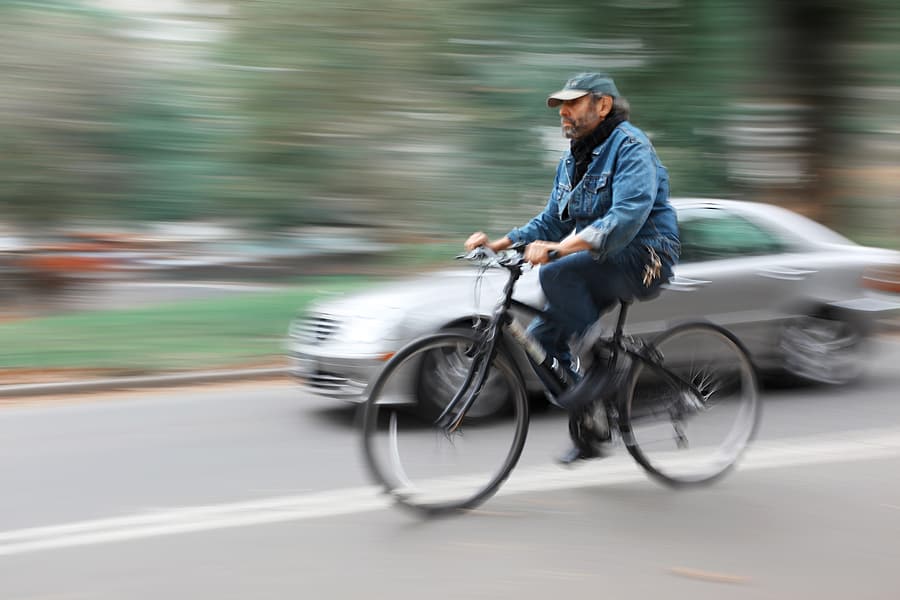
Riders on bikes are more vulnerable than when you’re driving your car. They don’t have that hard, metal shell keeping the outside world at bay for protection. Many drivers have trouble keeping their eyes open for bike riders. And as a result of this situation most accidents involving cyclists are caused by car drivers.
Some of the main reasons behind accidents involving cyclists, include failing to look properly before turning at junctions and/or roundabouts, speeding, distractions (such as conversing in the car or checking a mobile phone), tight overtaking and even opening doors into traffic without checking properly.
An increasing number of people are shelving the car for bikes. Bike safety is now a bigger issue than ever, so how can UK drivers make sure they are doing their bit, and keeping the roads safe for our two wheeled friends?
Table of contents:
- Putting the brakes on the misconceptions
- Making the roads safer
- Cyclist hand signals
- Cycle paths
- And finally
Putting the brakes on the misconceptions
Many drivers feel aggravated and under pressure when cyclists are taking up space on the road (such as riding away from the kerb or in the middle of a traffic lane). However, most of the time cyclists are simply acting in line with the National Standard for Cycle Training. That rider is a good metre away from the kerb to avoid road surface defects and gutters, whilst the rider in the middle of the road is doing so to deter other drivers from overtaking, when there really isn’t enough space, whilst remaining visible.
All too often cyclists can be put under the microscope by drivers for not using dedicated cycle lanes or for riding two abreast. Many routes by the side of the road are poorly surfaced and maintained, and they could even force cyclists to give way or cross junctions at dangerous points. Also riding two abreast is not illegal; cyclists often perform this manoeuvre to prevent you from overtaking, where it might be dangerous to do so.
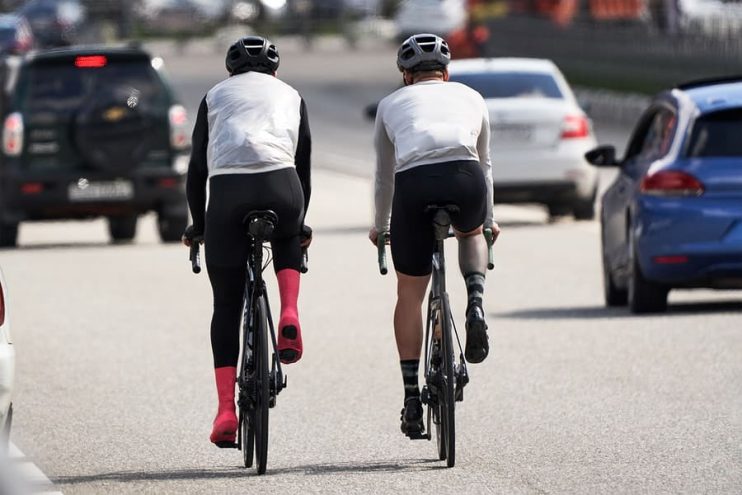
These negative attitudes and the overall lack of understanding are without question some of the biggest contributing factors to the inadvertently or willingly dangerous behaviour of some drivers, who make the road a more hazardous place for cyclists.
Making the roads safer
The following protocols and procedures are the expected standard for drivers when encountering cyclists on the road. By maintaining consistent behaviours, the chances of an accident are dramatically reduced:
Turning Left
Unfortunately many cyclists are killed annually by drivers not paying full attention when turning left. Follow this simple procedure to ensure that you don’t cause a collision with a rider:
- Check for cyclists on your nearside when turning or moving over to the left.
- Look in your mirrors and blind spots for riders.
- When it comes to turning left, allow cyclists in front of you to pass the junction before you turn.
- Never overtake cyclists and then turn across their front wheel, they will not have time to adjust.
- Before you turn off a roundabout, check your passenger mirror for cyclists on the inside.
Junctions
These rules will keep cyclists safe at junctions:
- Cyclists could be travelling at a faster speed than you realise (in excess of 20mph) so give them the benefit of the doubt, before pulling out in front of them.
- Cyclists have the same right of way as any vehicles at roundabouts. Give way to riders approaching from the right.
- When a cyclist is turning right, wait behind them in the same way you would for a car. Avoid getting impatient, sounding the horn, or trying to muscle past.
- Don’t occupy the advanced stop area for cyclists at lights, and maintain a sensible distance.
- Always check your mirrors before turning for cyclists. They are easy to miss.
Overtaking
Being overtaken when you’re riding a bike is always a nerve-wracking experience. When you’re driving past a rider, slow down, give them space, and observe the following rules:
- Bikes may well need to move out from the side of the road to avoid drains and debris. Give them as much room as possible.
- The Highway Code states that cyclists should be given the same room as you would when overtaking a car.
- If you notice that the road ahead narrowing, then don’t overtake a cyclist as you could push them off the road.
- The Highway Code permits you to overtake a cyclist when there is a solid white line in the road, as long as they are riding at less than 10mph.
- If cyclists are riding in a group or side by side, remember it is easier to overtake bikes in a group rather than a longer, strung out chain of riders. Give them enough space and only overtake when it’s safe to do so.
Parking
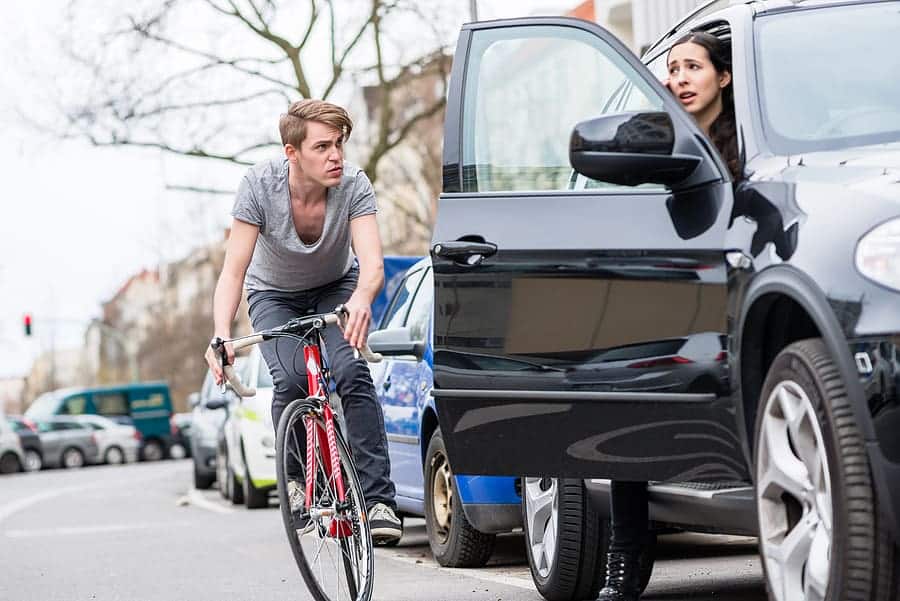
You need to remain vigilant and on the look-out for cyclists to avoid accidents whilst parking too:
- Check door mirrors and look behind you before opening the door when you park for cyclists.
- Don’t park in cycle lanes. Not only could you force a cyclist into a dangerous situation, but it’s also a traffic offence.
- Be aware that it is also an offence to injure or put someone in danger whilst opening a car door.
Cyclist hand signals
Cyclists often use their hands to indicate that they are going to turn into a junction, but may not always be able to do so, as they may be using their hands to steer, brake and control their bike. Drivers should try to anticipate cyclists’ actions by making eye contact, and studying their body language at junctions, side roads and roundabouts – checking that they have been seen by the rider.
You can also make riders’ life a bit easier by remembering to always signal as soon as you can. Leaving it to the last minute and expecting a cyclist to suddenly react is as dangerous as expecting the same from a driver.
Cycle paths
Whilst there has been a drive to create more cycle paths in the UK it is actually not compulsory for cyclists to use these tracks, despite how frustrating this can feel when you are driving behind a cyclist.
Many of the tracks are not well designed or may be obstructed. It is often better for cyclists, especially those with faster bikes to ride on the carriageway – rather than risk pedestrian safety by cycling on cycle paths that are situated on the path.
Car drivers should note that parking or driving in a cycle lane is an offence.
And finally
Remember that staying calm and relaxed on the road always wins the day. Drive around cyclists, and give them lots of space; more in wet weather when the road is slippery. Dip your headlights at night, as you would with any other road user and maintain safe braking distances. On country roads remember to go slowly into corners; there could be a horse, pedestrian or cyclist turning in the opposite direction, which could be dangerous on the tighter, narrower roads. And of course, if you are unsure of a cyclist’s intentions, hold back, making the wrong assumption could be all too costly.

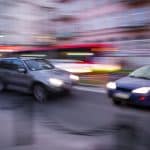
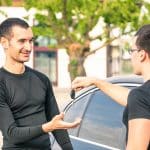

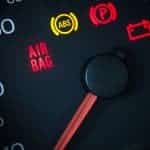
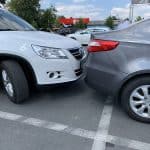

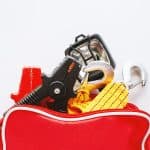


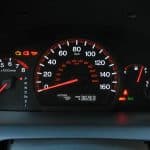

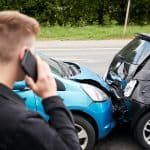
.png)